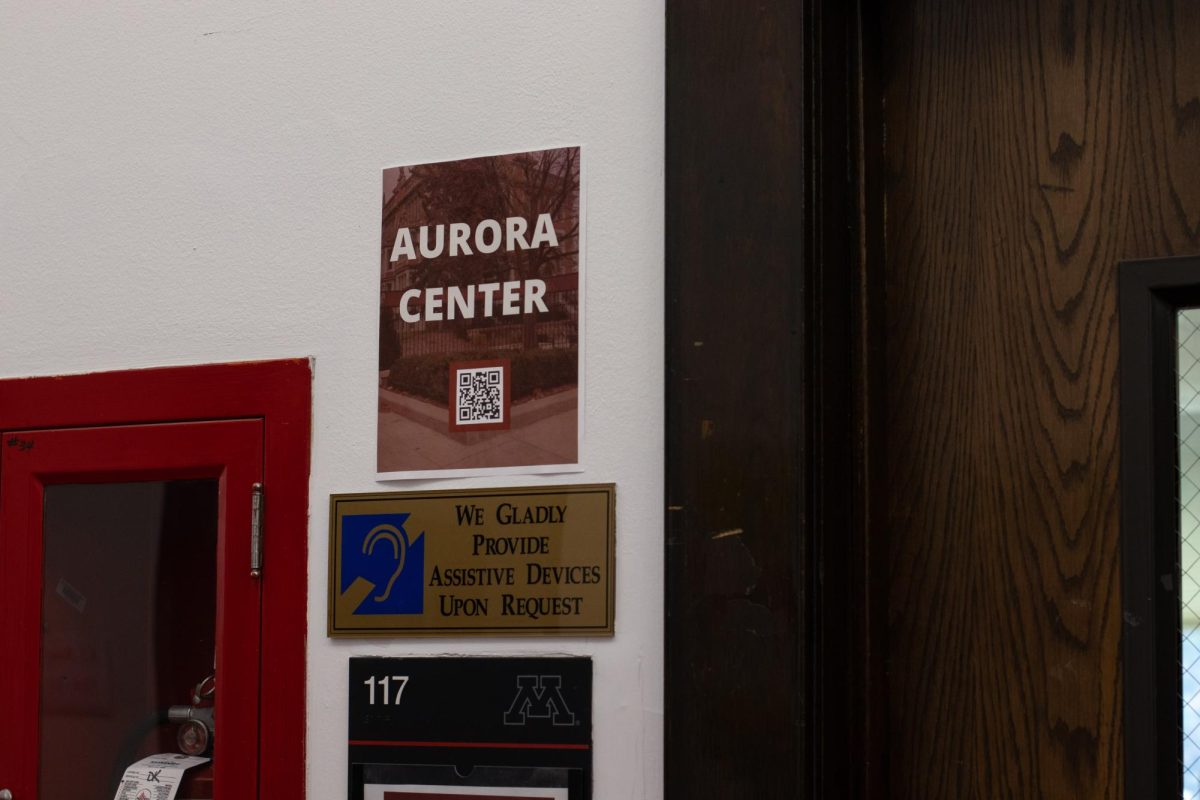Last week, amid the national frenzy caused by the fabricated abduction claims of University of Wisconsin sophomore Audrey Seiler, the reality of our society became all too apparent. People are desperate for attention – some so much so that they are willing to lie to a city and a nation if it gets them what they want.
This fact alone is nothing revolutionary. How often do you watch local news coverage, only to see some moron dancing in the background, trying to get into the shot? Or how about the reality TV phenomenon, where people are willing and eager to be humiliated so long as it gets them on the screen?
In Seiler’s case, she took this obsession to an entirely new extreme. And, as we all eventually realized, her hoax worked just as planned.
Upon news of Seiler’s disappearance, word spread quickly among the nation’s media. It was not only local outlets that ran with the story, but CNN, Fox News and national outlets such as The New York Times picked up Seiler’s story as a prominent event. Every story cited the same sources, the same photos and suddenly there she was, on national display as a poster child for worried parents everywhere.
How many parents called their children in school to make sure they were OK? How many students doubted their safety, even for a moment, as they went out at night last week?
What I found most interesting about the Wisconsin drama was not the media’s reaction to news of the disappearance, but its reaction to the revealing of the hoax.
The story’s appeal to the national media is obvious. First, several students have gone missing in recent years, drawing more attention to this sort of drama. Second, a disappearance is, by its nature, fascinating. In this age of cell phones and security cameras, it is almost impossible to imagine someone disappearing without a trace. There’s something very dubious, sinister and even mysterious about abductions that watchers find engrossing.
But then why, when the hoax was announced, was the story not told with the same intensity and voracity as the initial news of the supposed abduction? Yes, wire services and national outlets announced that Seiler’s abduction had been a hoax, but it was told with a more subdued and fact-oriented spin.
In today’s world, the media is not here simply to report and evaluate, but to spin and manipulate. It has a vested interest in instilling fear into its viewers; to keep all of us glued to our screens in hopes of learning how to protect ourselves, our families and our friends. Those who have seen the Academy Award-winning “Bowling for Columbine” have seen a lengthy essay on the “culture of fear” being created by America’s media moguls. For proof of this, tune in any day for promos of the nightly local news, and you will hear how you “can save your life,” or “protect yourself, tonight at 9.”
In the case of the Seiler hoax, the media went wide with the news and hyped it for one reason alone: fear. It was not to inform a country of a Midwest kid who might be in trouble, or to help with her search. CNN ran the story at the top of their Web site because they know such stories scare people, and that it would help their ratings.
The media uses similar tactics with terror alerts, airport security and school shootings. What leads the news is not the relevant events, but the stories that are sure to unsettle, disturb, frighten and keep viewers and readers coming back.
I simply think it’s a shame that a positive story can never make the newspaper’s front page, that fear triumphs over optimism, that image and slant become more important than newsworthiness.
Maybe if Seiler herself had seen more major news stories about positive activities, organizations and events, and fewer profiles of missing college students, she would have considered another outlet through which to get the attention she obviously needed.
Steven Snyder welcomes feedback at snyd0151@umn.edu







